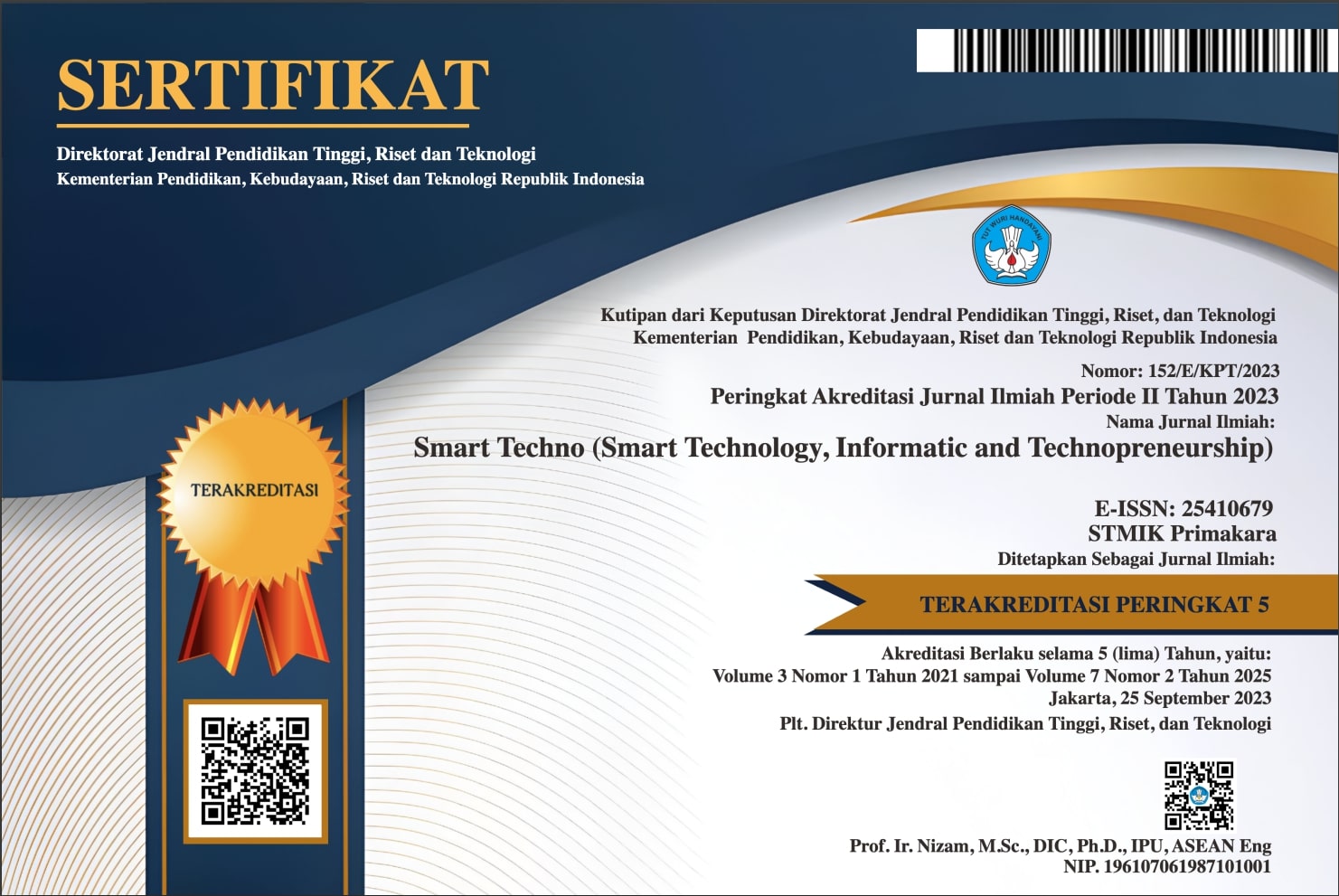Pengamatan Sistem Informasi Perusahaan E-Commerce Lazada Indonesia
Abstract
Rapid technological developments have a significant impact on various sectors of life, as well as in the digital business development sector. The dependence of society on technology has now penetrated into all factors of social and social life. Utilization and use of technology is now increasingly widespread, one of which is the use of information systems in conducting various transactions on online media that can be accessed on e-commerce pages. Kominfo noted that Indonesia is in the 6th position as the country with the most internet users in the world. In 2018, the number of internet users in Indonesia reached 202.6 million. This figure proves that Indonesia has a wide market opportunity, this can also be seen from the many foreign e-commerce companies that have started to target Indonesia as the target market. Among the many e-commerce platforms in Indonesia, Lazada is one that is quite popular and is currently widely used by the people of Indonesia. Lazada Indonesia was founded in 2012 and is one of the branches of the Lazada online retail network in Southeast Asia. Lazada Southeast Asia is a subsidiary of the Rocket Internet network, a German company. Lazada Indonesia's popularity as an e-commerce platform makes it a marketplace with 28 million visitors per month. However, it takes an in-depth observation and analysis on e-commerce sites to determine an effective strategy to design a compatible information system. The results of the observations that we analyze on the e-commerce company, namely Lazada Indonesia, which has many users who use Lazada as a place to buy and sell. Our observations are also from the FlowChart that we made aims to make it easier for us to present how or how to use Lazada. The benefit of the Use Case is used as a verification requirement and becomes an interface description of a system because every system that you want to build must also have an interface and be able to identify anyone who can interact with the Lazada Indonesia system and provide certainty about system requirements so that it is not confusing.
Downloads
References
Galih Setiyo Budhi, 2 Mei 2016. “Analisis Sistem E-commerce pada perusahaan jual-beli online Lazada Indonesia”. Jurnal Electronics, Informatics, and Vocational Education (ELINVO), Volume 1, Nomor 2. Pendidikan Teknik Informatika UNY.
Geofanni Nerissa Arviana. 15 Desember 2021. “Data Flow Diagram (DFD): Definisi, Fungsi, dan Simbol yang Digunakan”. Diakses pada 09 April 2022. https://glints.com/id/lowongan/dfd-adalah/#.YlLklchBxJ9.
Ismanto Ismanto, Firman Hidayah, Kristinanti Charisma. Februari 2020. BRILIANT: Jurnal Riset dan Konseptual Volume 5 Nomor 1. “Pemodelan Proses Bisnis Menggunakan Business Process Modelling Notation (BPMN) (Studi Kasus Unit Penelitian Dan Pengabdian Kepada Masyarakat (P2KM) Akademi Komunitas Negeri Putra Sang Fajar Blitar)”. Diakses pada 27 Maret 2022. https://jurnal.unublitar.ac.id/index.php/briliant/ rticle/view/430
Ristievanny Tikupadang. 1-3 Maret 2018. “Apa perbedaan kebutuhan Fungsional dan non-Fungsional”. Diakses pada Tanggal 10 April 2022. www.dictio.id/t/apa-perbedaan-kebutuhan-fungsional-dan-non-fungsional/2 2123
Siri Nur Aeni. 23 Maret 2022. “7 Marketplace Terbesar di Indonesia Kuartal III 2021”. Diakses pada 09 April 2022.39 katadata.co.id/agung/berita/623af52eea481/7-marketplace-terbesar-di-ind onesia-kuartal-iii-20
Copyright (c) 2022 Sayyidah Amalia Rokhimah

This work is licensed under a Creative Commons Attribution 4.0 International License.
Authors who publish with the Smart Techno agree to the following terms:
- Authors retain copyright and grant the journal the right of first publication with the work simultaneously licensed under a Creative Commons Attribution License (CC BY-SA 4.0) that allows others to share the work with an acknowledgment of the work's authorship and initial publication in this journal.
- Authors are able to enter into separate, additional contractual arrangements for the non-exclusive distribution of the journal's published version of the work (e.g., post it to an institutional repository or publish it in a book), with an acknowledgment of its initial publication in this journal.
- Authors are permitted and encouraged to post their work online (e.g., in institutional repositories or on their website) prior to and during the submission process, as it can lead to productive exchanges, as well as earlier and greater citation of published work. (See The Effect of Open Access)







